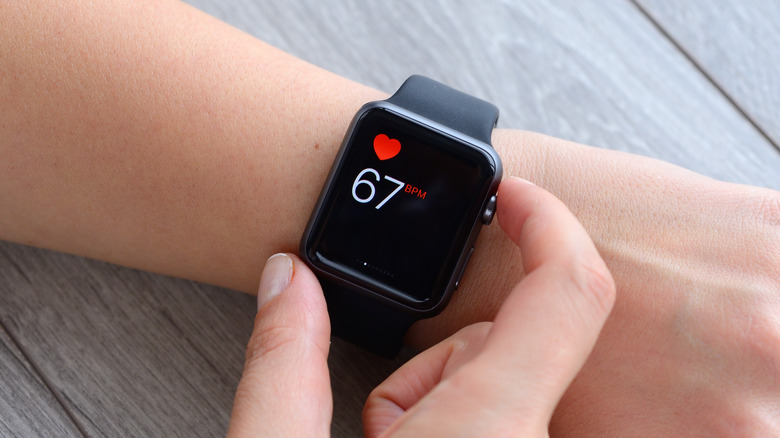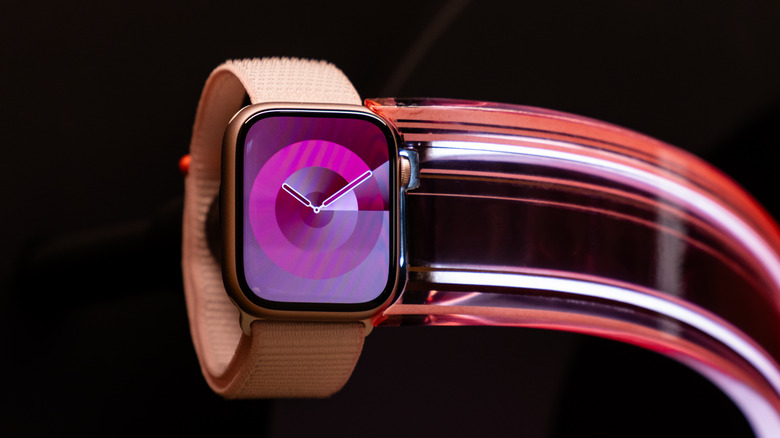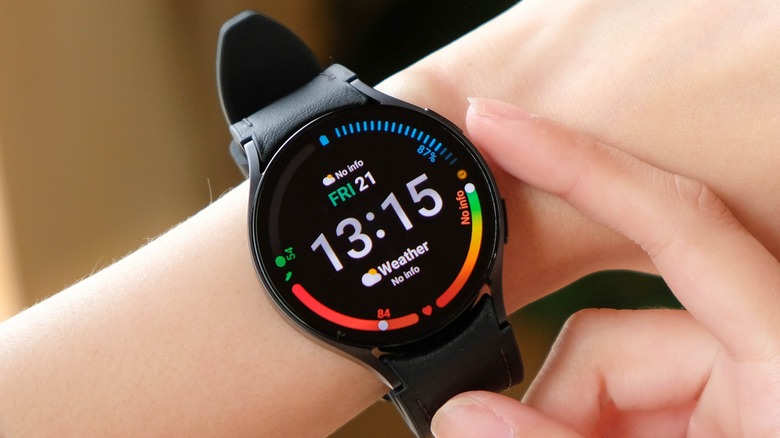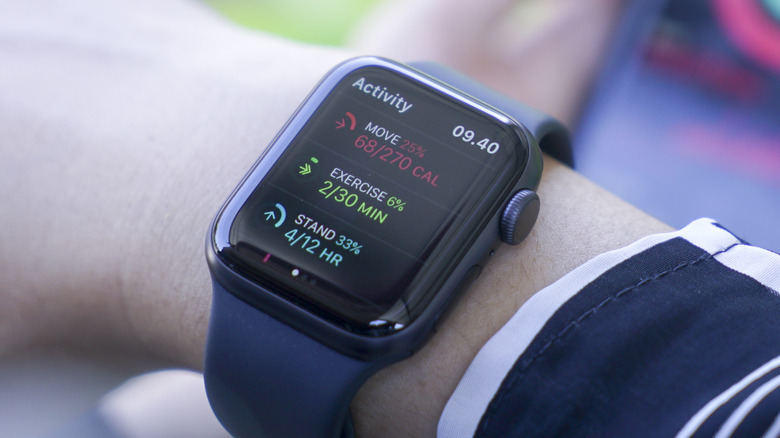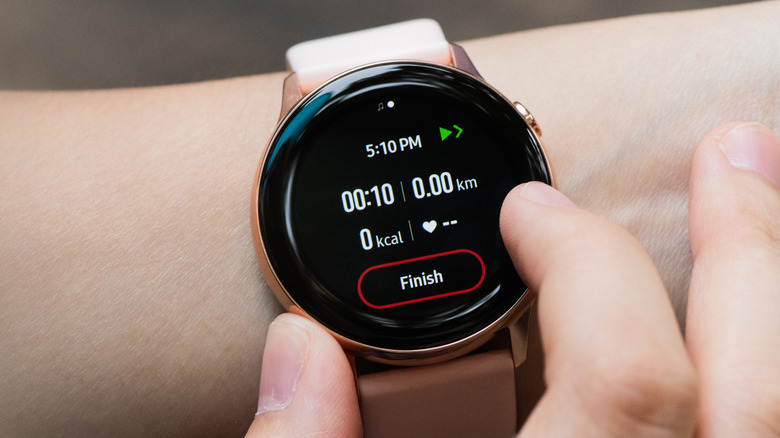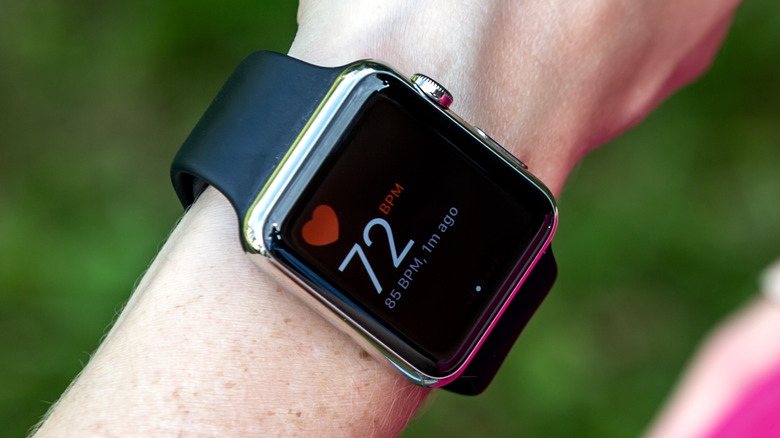Can Using Wearables To Track Your Health And Fitness Really Help?
Wearable devices are appearing everywhere. While the likes of Apple and Samsung paved the way forward in terms of innovation, they are still not accessible to the masses. However, the advent of players like Xiaomi and other OEMs from the East dramatically brought down the asking price of smartwatches and bands, among other health-focused wearable form factors. But just like every other early-stage innovation, the lingering question is whether they are any good and can realistically act as a substitute, or even serve a supplementary role, for medical-grade devices.
Ever since the first Apple Watch came out — and with the gradual addition of more advanced capabilities such as AFib warning, blood oxygen saturation level measurement, and fall detection — Apple has published feel-good video stories where the Apple Watch has helped save lives. Samsung has also been aggressively marketing tricks such as blood pressure sensing on its recent generation of smartwatches. In the coming years, we are going to see even more advanced features, such as blood glucose level sensing in a non-invasive fashion.
But it's not just the dedicated biosensors that matter here. Research published in the Wireless Personal Communications journal found that for elderly people, the Apple Watch consistently delivers precise results close to the 95% mark at detecting fall incidents in all four directions. For a regular person, it's easy to get swayed by the tall promises of medical convenience made by these brands. But then, there's always that asterisk with every mainstream wearable device that they are not a substitute for the tools you find in a clinic or a hospital. So, what does science have to say about the efficacy of these devices, especially in a research setting?
Research backing for wearable efficiency
The most recent paper evaluating the effectiveness of wearable devices came out in July 2023 and was published in the Nutrition, Obesity, and Exercise journal. It was essentially a meta-analysis of 15 previous studies and surmised that interventions involving the use of wearable activity trackers on hospitalized patients led to more physical activity, less time spent inactive, and improved physical abilities compared to standard care.
But that was about people already under proper medical observation. What about folk who spend a few hundred dollars on an Apple or Fitbit device and slap it onto their wrists? Let's touch upon the psychological aspect first. It's not uncommon to hear people claiming that they will start their fitness journey once they get access to the necessary gear, including fitness wearables. However, owning a wearable device is not a guarantee that a person will start working out and get themselves in shape. To a certain extent, the mental boost encourages people to at least get going, especially when they see a device on their wrist continuously tracking and telling them about their health stats.
"Tracking likely helps a lot of people when combined with a clear goal to shoot for," says Seth Martin, a cardiologist at John Hopkins. It also explains why scientists continue to focus on wearables to solve the complex tracking and evaluation problems not possible with commercially available mass-market gear like the Apple Watch. A Cambridge research from late 2022 found that current-gen wearables can accurately measure blood oxygen uptake, the most advanced metric of workout tracking. Another one published in the Journal of Biomedical Informatics notes that wearables (and smartphones) offer a non-invasive way of reliably measuring stress in users.
Questions about their accuracy
This is a question without a straightforward answer. The reasonable approach is to look at the error margin and see if it's small enough to fall into acceptable territory. That's because even the supposed gold standard of the consumer wearable industry — the Apple Watch — falters at accuracy. Research courtesy of the Lenoir-Rhyne University notes that the Apple Watch consistently overestimates the energy expenditure but stays "relatively" close to assessment from medical grade devices for measuring heart rate when test subjects were engaged in a steady-state exercise.
"No brand fell within the acceptable accuracy limits for energy expenditure," notes another study published in the mHealth for Telemedicine and Homecare journal. The study, which tested wearables from Apple, Samsung, Fitbit, Polar, and Withings, adds that no specific brand could be classified as the "gold standard" for fitness wearables owing to their dramatic variation in overestimating or underestimating metrics such as heart rate, step count, and energy expenditure.
Another study published in the Novel Sensors and Data Acquisition Methods in Cardiology journal — which was also the first to test the Apple Watch's reliability at moderate-intensity exercises using blood oxygen level readings — found that for a fit individual, the Apple Watch won't meet their expectations due to high underestimation of the readings. A meta-analysis of over a hundred research papers shared by JMIR found that commonly available wearables from major brands such as Fitbit, Apple Watch, and Samsung are accurate at step tracking. However, their accuracy tends to vary at heart rate tracking, while no brand was deemed accurate at energy expenditure measurement.
Don't devalue your mindset
A crucial question that needs to be addressed when it comes to wearables is "why" they have been purchased by a certain subset of consumers in the first place. It's no secret that slapping a smartwatch onto one's wrist has become a fashion statement, and the young audience, especially, considers them a hip choice. For that category, smartwatches and aligned gadgets such as bracelets and rings were never a concern for fitness gains.
An interview-driven analysis published in the Electronic Markets magazine notes that depending on the behavioral mindset, a wearable may or may not affect a person's state of health and wellness. Users who take the "leadership initiative" to fix things or use their wearable as a companion device in their journey see positive results. But for the subset that is reliant solely on assistance (nudge or notifications) provided by these wearables, a positive outcome is highly unlikely.
A survey by Wristly revealed that over three-quarters of users either "strongly agree" or "agree" that their standing frequency has increased since acquiring the Apple Watch. Additionally, 57% of users acknowledged an increase in their walking habits, while 59% reported making healthier lifestyle choices.
From my own experience, after having spent hundreds of dollars on Apple and Samsung smartwatches — irrespective of how many advanced features they offered — they didn't help, and it was a proper consultation with an expert and assistance from them that I got going and saw gains. Research published in the American Journal of Health Promotion also notes that fitness wearables offer the best result when combined with self-determination theory (SDT)–based interventions on physical activity, motivational guidance, and a willingness to improve physical activity.
What do the experts say?
As much as we value accuracy and reliability, it's also crucial to understand one's own body and check for any health issues that can directly impact the readings taken from these wearable devices. Dr. Arif at the Jawaharlal Nehru Medical College (JNMC) tells me it's important to consult an expert if you are aware of any underlying health conditions. He cites the example of research published in JMIR in 2019, which concludes that the Apple Watch can measure heart rate with acceptable accuracy during exercises in patients with cardiovascular diseases. "It's good progress at smartwatch innovation, but we must not ignore the fact that the same study also stresses the Apple Watch consistently falters at measuring the energy expenditure in the same subset of patients," he added.
Dr. Ahmad Ghayas Ansari, MD in General Medicine at JNMC, tells me that wearables work best when coupled with proper motivation and consultation with an expert, adding that it's the safest route to optimum benefits. A study published in JMIR in 2020 also stresses that efforts by medical professionals, makers of medical devices, and healthcare policy designers need to be significantly intensified to boost the uptake of wearable health technologies across broader segments of the population in the United States.
Affordability is a hurdle, but even in the young population that is the most active in wearable adoption, gaps persist. But the two also note that most of the literature establishing the accuracy of wearables was conducted on old wearable devices. Meanwhile, new generation devices have shifted to sensors based on more advanced photoplethysmography (PPG) with more sophisticated algorithms in tow. A 2018 JMIR study points out that the research community needs "robust standards for the validation of new wearable sensor technology" to understand their efficiency with a fresh approach.
Assisted deployment is best deployment
Experts stress that they can interpret smartwatch data in your best interests. In 2017, the British Journal of Sports Medicine performed a meta-analysis of 31 studies involving more than 2,000 people and found that people who wear commercial-grade wearable devices such as those sold by Fitbit and Jawbone lost an average of six pounds. It was close to half the effectiveness compared to people wearing research-grade devices, but the study surmised that wearables provide "a constant reminder to pursue health-related goals and be active."
A study published in the International Journal of Neural Systems notes that wearables with a PPG (photoplethysmography) and EDA (electrodermal activity) sensor can provide reliable data, combined with social modalities, can provide a realistic look into a person's stress levels. It, therefore, comes as no surprise that smartwatches offered by Apple, Samsung, and Google-owned Fitbit offer their own stress detection and alleviation systems.
They rely on a metric called HRV (Heart Rate Variability), with some clever algorithm tuning, to alert when stress levels are high and guide users through meditative and breathing exercises to calm them down. Research says the strategy actually works. According to a study — the first to use ECG data from Apple Watch for stress detection — published in the Frontiers in Digital Health journal, data collected using the sensor on the Apple smartwatch can be used for real-time stress detection.
Another research published in Frontiers Physiology published a study in which participants wore the second-generation Oura Rings for spells lasting up to a year. It notes that wearable devices like a fitness ring — combined with personalized suggestions, real-time interventions, and a progressive approach to setting goals — can help increase physical activity, improve fitness, and make positive gains in sleep quality.
